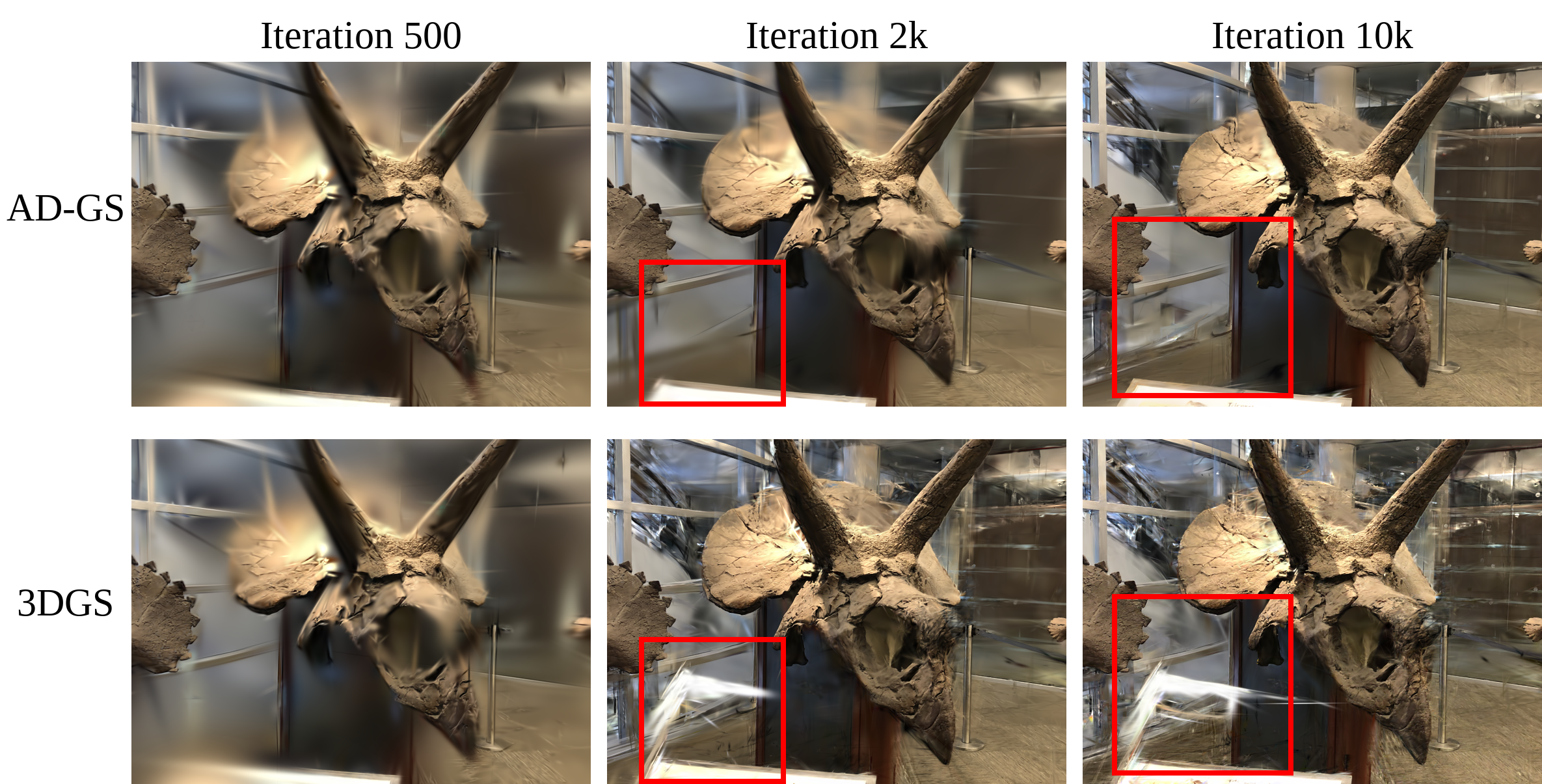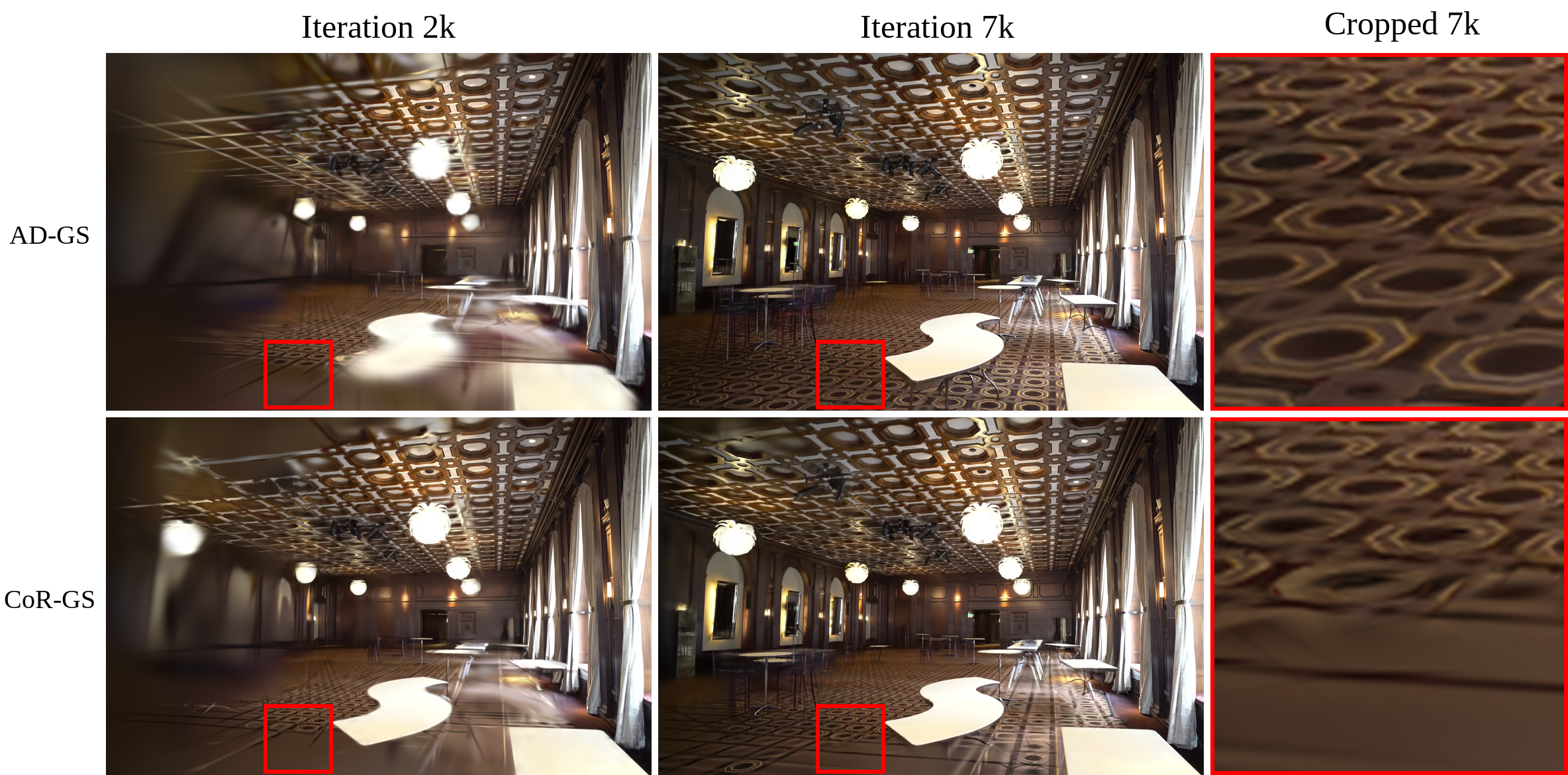Citation
If you find our code or paper useful, please cite:
@inproceedings{Patle2025ADGS,
author = {Patle, Gurutva and Girgaonkar, Nilay and Somraj, Nagabhushan and Soundararajan, Rajiv},
title = {AD-GS: Alternating Densification for Sparse-Input 3D Gaussian Splatting},
year = {2025},
isbn = {9798400721373},
publisher = {Association for Computing Machinery (ACM)},
address = {New York, NY, USA},
url = {https://doi.org/10.1145/3757377.3763993},
doi = {10.1145/3757377.3763993},
booktitle = {Proceedings of the SIGGRAPH Asia 2025 Conference Papers},
articleno = {129},
numpages = {11},
keywords = {Rendering, novel view synthesis, sparse input 3D Gaussian splatting},
series = {SA Conference Papers '25}
}



